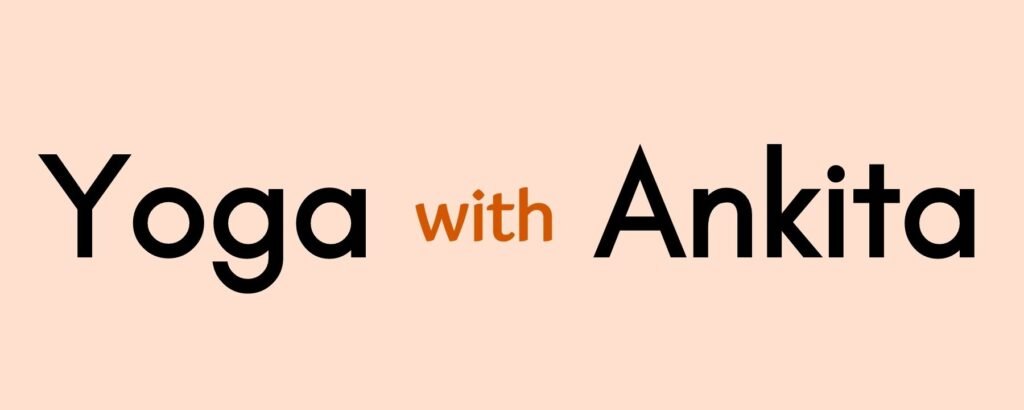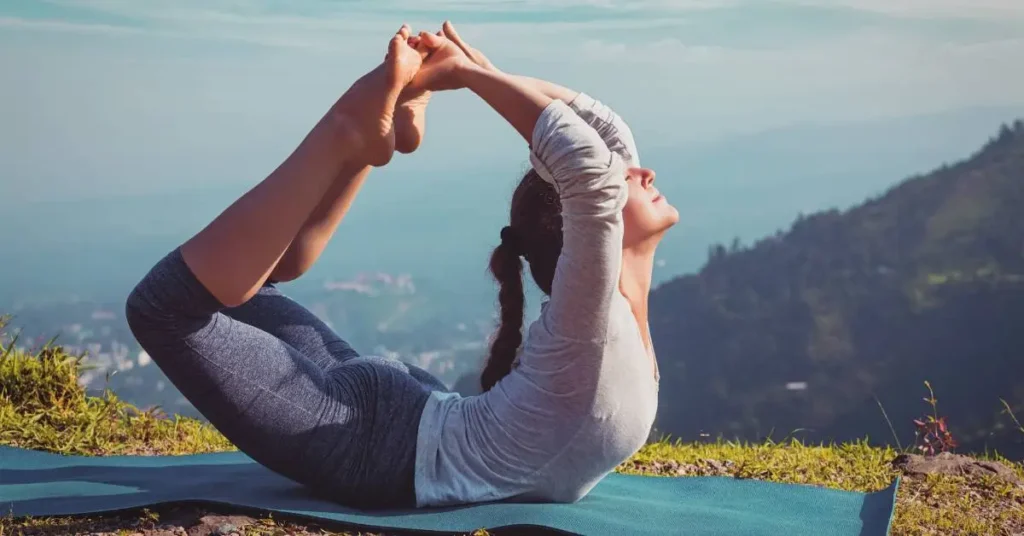Table of contents
Introduction
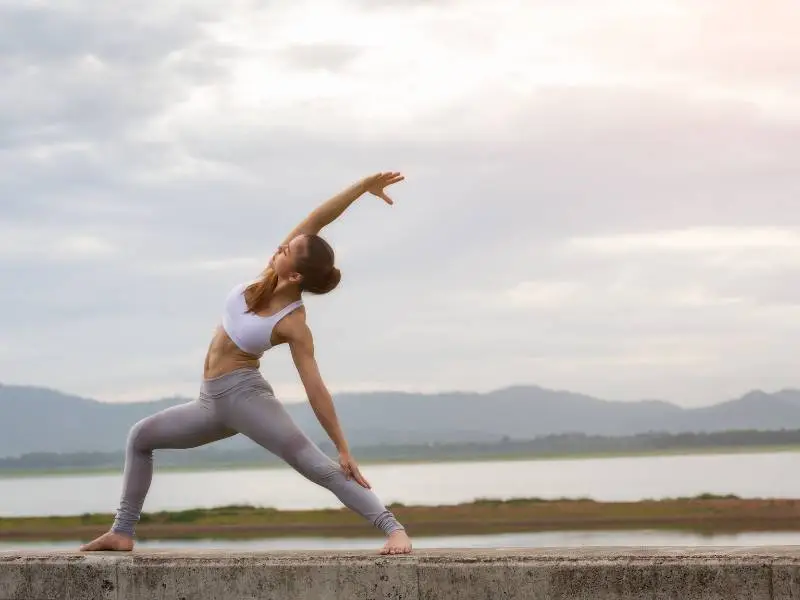
Are you looking to enhance your flexibility and experience the full potential of your body? Look no further than the wonderful practice of yoga.
Yoga is a time-tested discipline that not only helps you find peace of mind but also works wonders in making your body more flexible.
In this article, we will explore how yoga can improve your flexibility and offer insights into some effective yoga poses that target different areas of your body.
Understanding the Benefits of Yoga for Flexibility
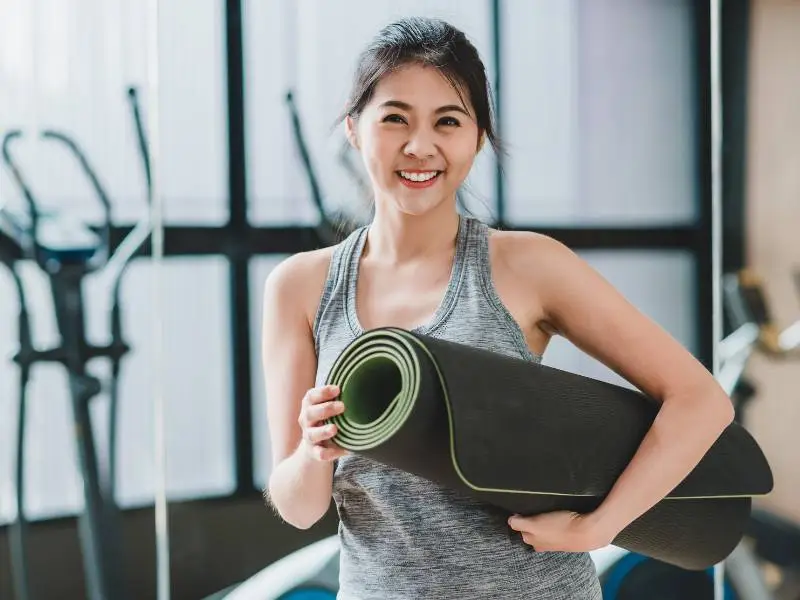
- Being flexible is an essential component of maintaining overall health.
- It increases the range of motion and prevents injuries. It also improves your posture.
- Besides it also allows proper blood circulation in every muscle and every joint of the body, keeping them healthy.
- It reduces muscle stiffness.
- It also helps to reduce and manage stress.
Yoga, with its focus on stretching and holding poses, is an excellent way to promote flexibility throughout your body. But remember flexibility is just one very small benefit of Yoga. Yoga Sadhna has way higher goals!
Yoga poses to improve back flexibility
1. Parsvottanasana (Pyramid Pose)
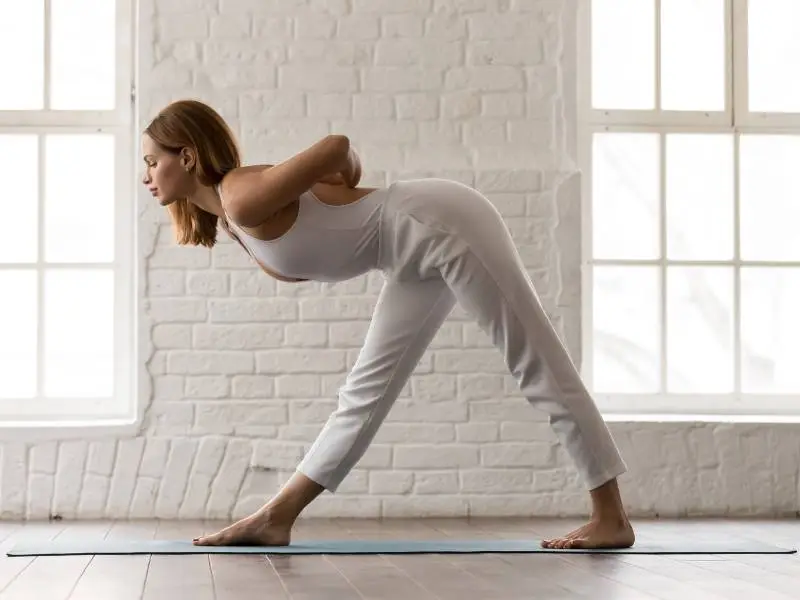
Steps:
- Stand straight. Spread your legs apart sideways (three to three and a half feet).
- Inhale and turn the trunk to the right. Turn the right foot 90 degrees sideways to the right keeping the toes and heel in line with the trunk; Turn the left foot with the leg 75 to 80 degrees to the right and keep the left foot stretched out and the leg tightened at the knee.
- Interlock your fingers behind your back.
- Keep your arms straight.
- Expand your chest and with an exhale bend the trunk forward and rest the head on the right knee. Hold the pose.
- Repeat with the other leg.
Precautions:
- Keep your knee straight.
- Avoid in case of high blood pressure, vertigo, and migraine.
2. Janusirsasana (Head to knee Pose)
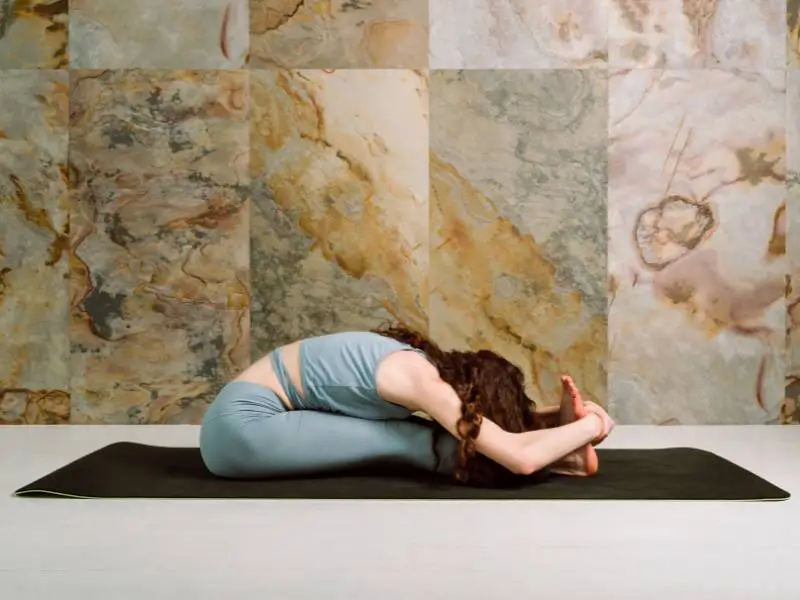
Steps:
- Sit with your legs stretched out.
- Bend your right knee. Your right knee should be touching the ground.
- Keep your left knee straight. With an inhale stretch your hands upward.
- While exhaling bend forward from your lower back and try holding your big toe.
- Try to bring your head to your knee.
- Repeat with the other leg.
Precautions:
- People with asthma or diarrhea should avoid it.
- Avoid if there is any lower back injury or lumbar disc herniation.
3. Parivritta Janusirsasana (Revolved Head to Knee Pose)
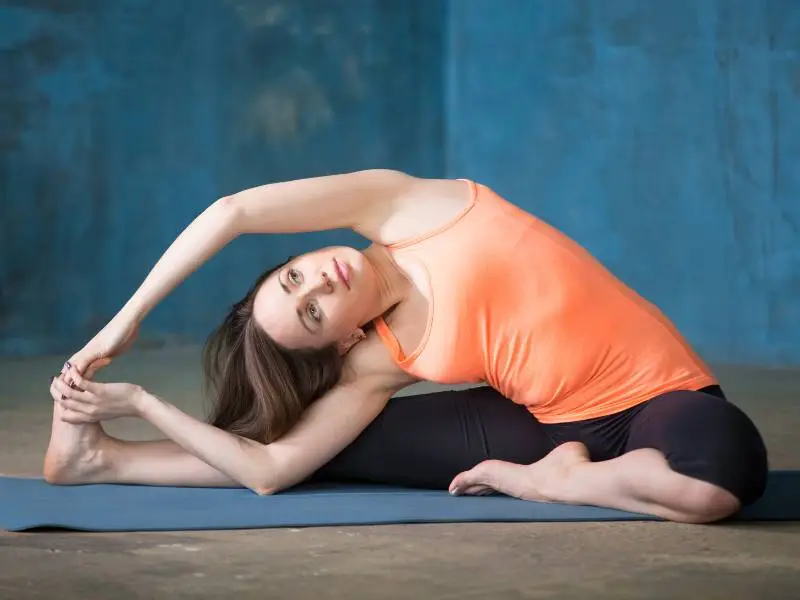
Steps:
- Sit with your legs stretched forward. Widen your legs keeping the back straight.
- Bend your right knee and bring the sole of your right foot to your inner left thigh.
- Extend your arms upward while inhaling. Exhale and tilt your body as far to the left as you can, bringing your left forearm’s backside on the floor just inside your left leg.
- With an exhale, twist at the waist, and slowly rotate your upper body away from your left leg, opening your chest to the ceiling.
- Lift your gaze upwards, letting your neck and head follow the twist in the spine
- Let your right bicep cross your right ear as you raise your right arm overhead. Maintain a straight right arm.
Precautions:
- Don’t overstretch yourself.
- Avoid in case of any recent abdominal surgery.
- Avoid in case of any injury in the hip or knee.
4. Bhujangasana (Cobra Pose)
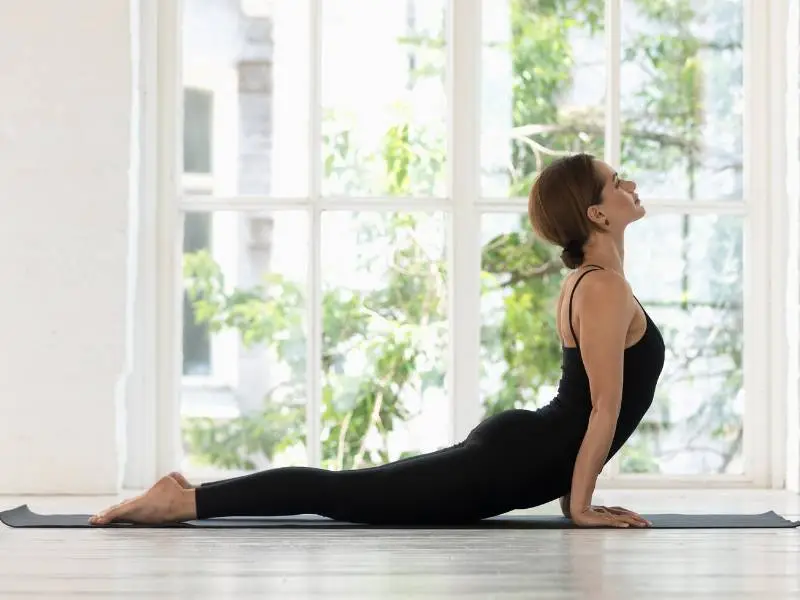
Steps:
- Lie down on your stomach.
- Keep your feet together, flat on the mat.
- Keep your hands beside your shoulders.
- With the support of your hands inhale and lift your body to navel.
- Hold in Bhujangasana for a few seconds.
- Exhale and come back.
- Rest in Makarasana.
Precautions:
- Avoid in case of abdominal surgery or hernia.
- Avoid during pregnancy.
- Keep your feet together in Bhujangasana.
- Do normal breathing while holding the posture.
Counter posture:
Shashankasana
5. Dhanurasana (Bow Pose)
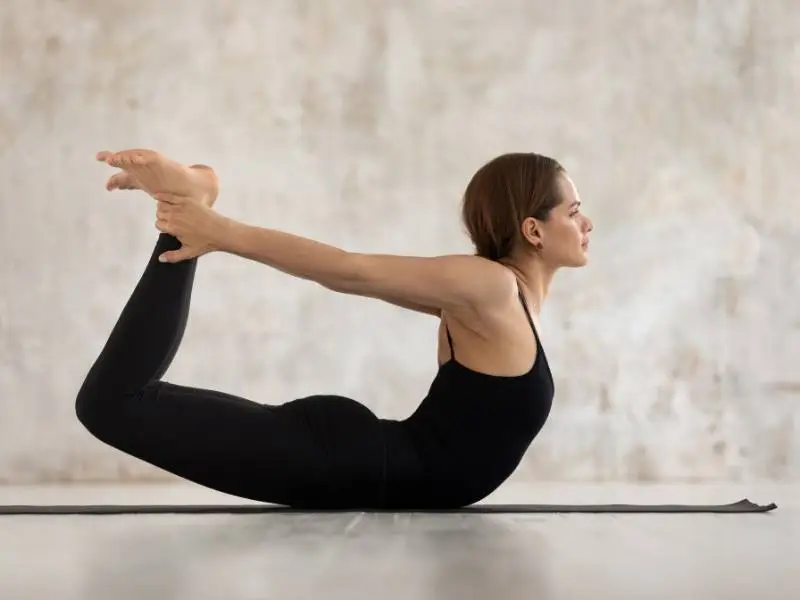
Steps:
- Lie down on your stomach.
- Bend your knees.
- Now try to hold your left ankle with your left hand and your right ankle with your right hand.
- Lift your thighs and chest upwards while inhaling.
- Now hold in the post for a few seconds with normal breathing.
- While exhaling come back and relax.
Precautions:
- Avoid in case of recent abdominal surgery, hernia or high blood pressure.
- Pregnant ladies should avoid this asana.
Counter Pose:
Pawanmuktasana
Yoga poses to improve hip flexibility
1. Anjaneya Asana (Low Lunge)
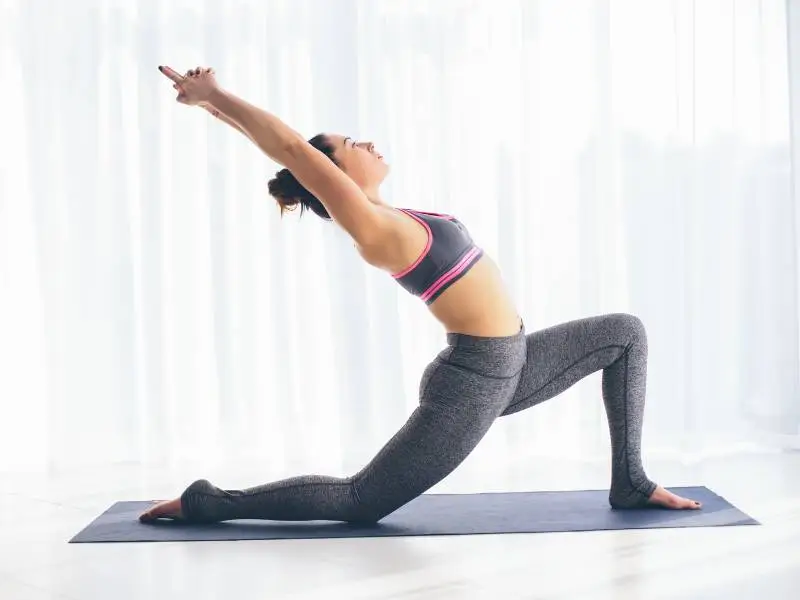
Steps:
- Come in Parvatasana.
- Inhale, Lifting your right leg up. Now bring your right leg in between both hands.
- The right knee should be bent at 90 degrees.
- Make the left knee rest on the floor.
- Inhale lifting your hands to rest on the top of your right thigh.
- Or you can stretch your arms upwards, joining your hands together.
Precautions:
- Avoid in case of knee pain or knee injury.
2. Bhadrasana (Butterfly Pose)
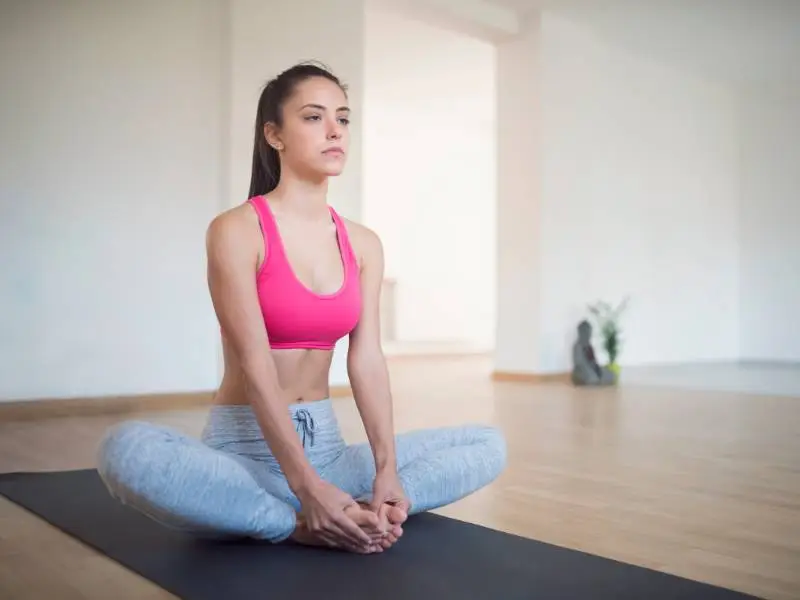
Steps:
- Sit on the floor with your legs extended forward. (Dandasana)
- Gently bend your knees and bring the soles of your feet together.
- Keep the heels as close as possible to you.
- Interlock your fingers and hold your toes.
- Keep your back straight.
Precautions:
- People with knee pain should do with care.
3. Upavishtha Konasana (Wide legged seated forward bend)
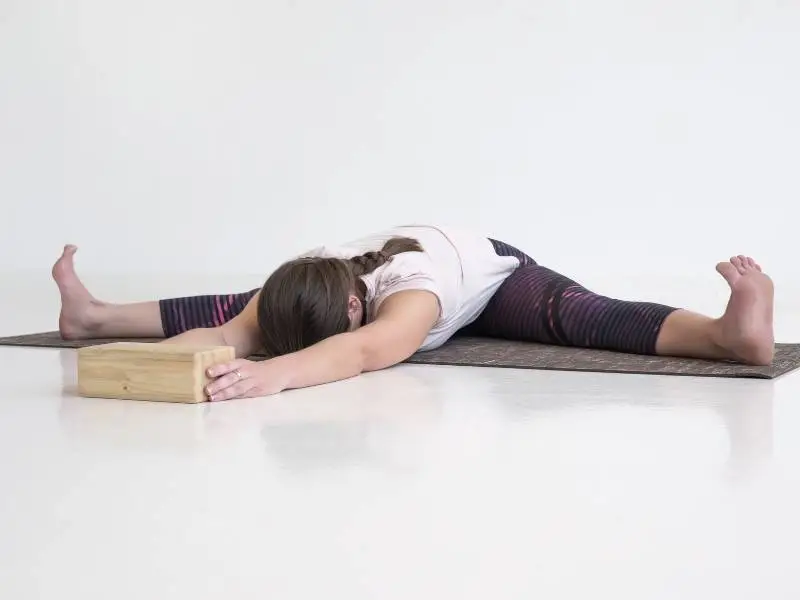
- Sit in Dandasana.
- Spread your legs wide.
- Keep your knees straight.
- Bring your hands to the center.
- With an exhale bend forward as much as you can keeping the knees straight.
Precautions:
- Do not overstretch yourself.
- People with lower back pain should practice with care.
Yoga for Flexibility: Consistency is the key!
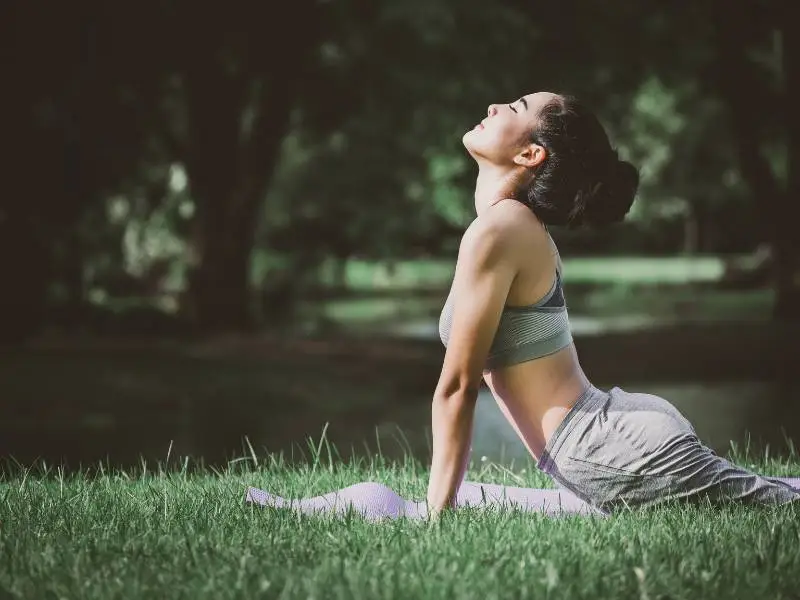
Consistency is key when it comes to improving flexibility through yoga. Set aside at least 30 minutes every day to perform these poses and add more as you progress.
Remember to warm up before your yoga session to avoid injuries and never force yourself into a pose.
The Role of Breathing and Mindfulness
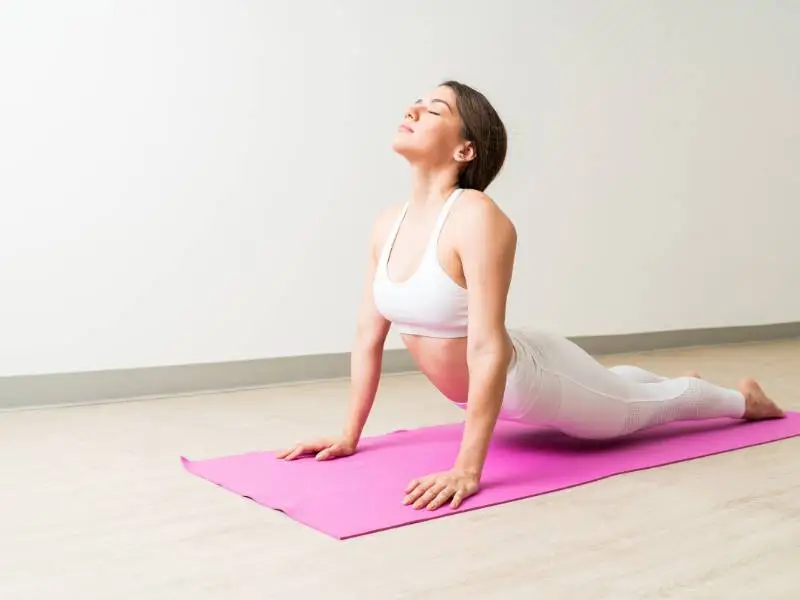
Incorporate deep breathing and mindfulness into your yoga practice. Focus on your breath while holding each pose and let go of any tension in your body.
This combination of breath and awareness will enhance the benefits of yoga for your flexibility.
Conclusion about Yoga for Flexibility
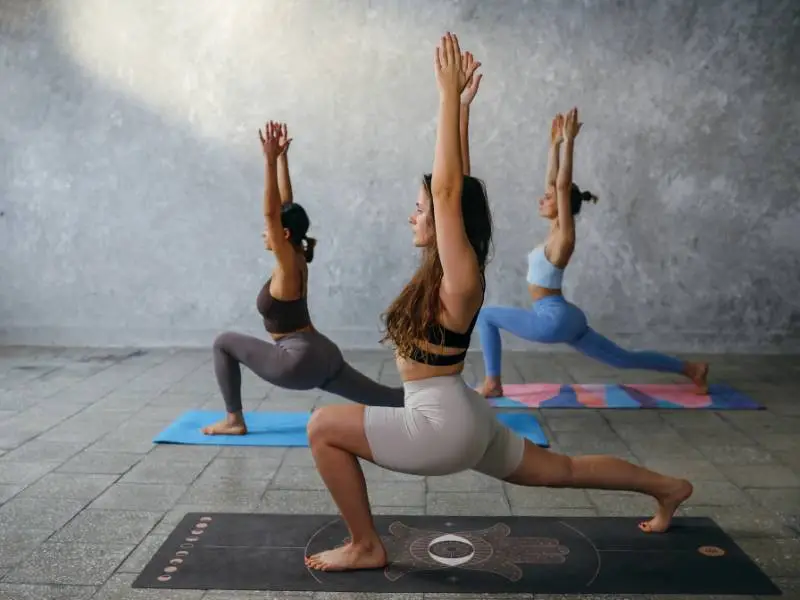
Yoga is a transformative practice that extends beyond just physical fitness. By incorporating yoga into your daily routine, you can unlock the true potential of your body’s flexibility and experience numerous health benefits.
Remember to listen to your body, stay consistent, and breathe through each pose. Embrace the journey of becoming more flexible and witness the positive impact it has on your overall well-being.
Remember, the key to success is not pushing yourself too hard but finding balance and progress in every practice session. Let the ancient wisdom of yoga guide you toward a more flexible and liberated you!
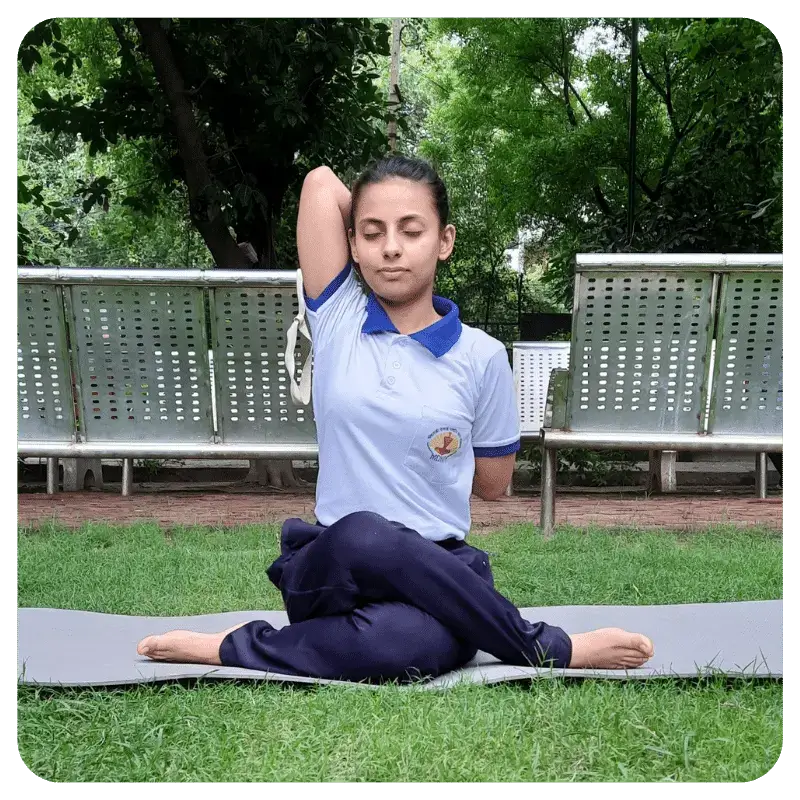
About The Author
Ankita Sapra is a government-certified Yoga Instructor with diploma in Yoga Science and has also completed her Instructor course from SVYASA, Bangalore and has cleared YCB Level 3 (Teacher and Evaluator) exam.
More About Ankita